Exploring MCQs in the Textile Realm: A Comprehensive Guide
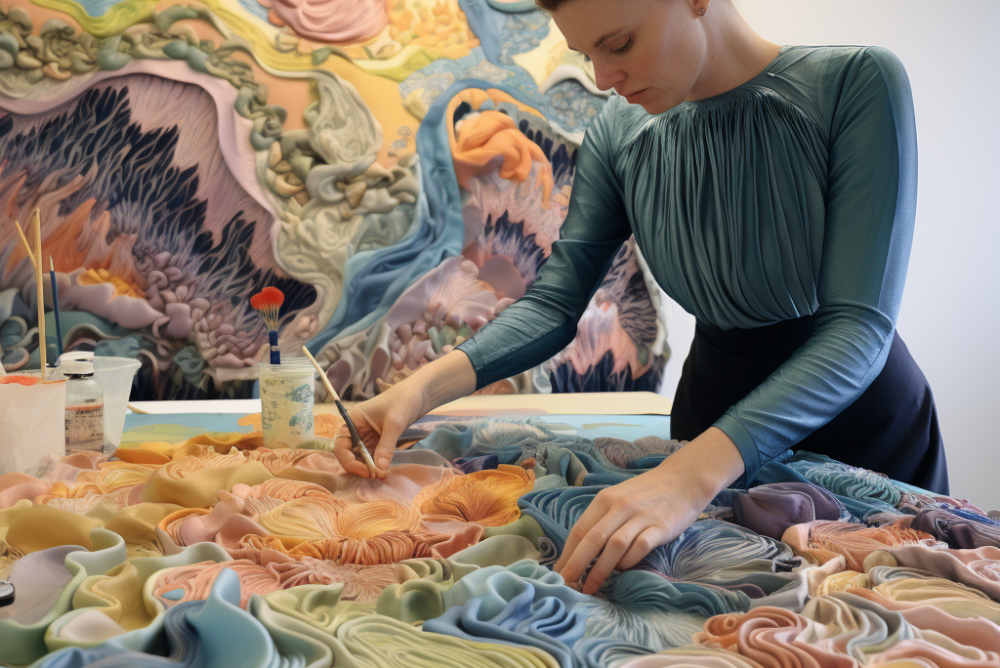
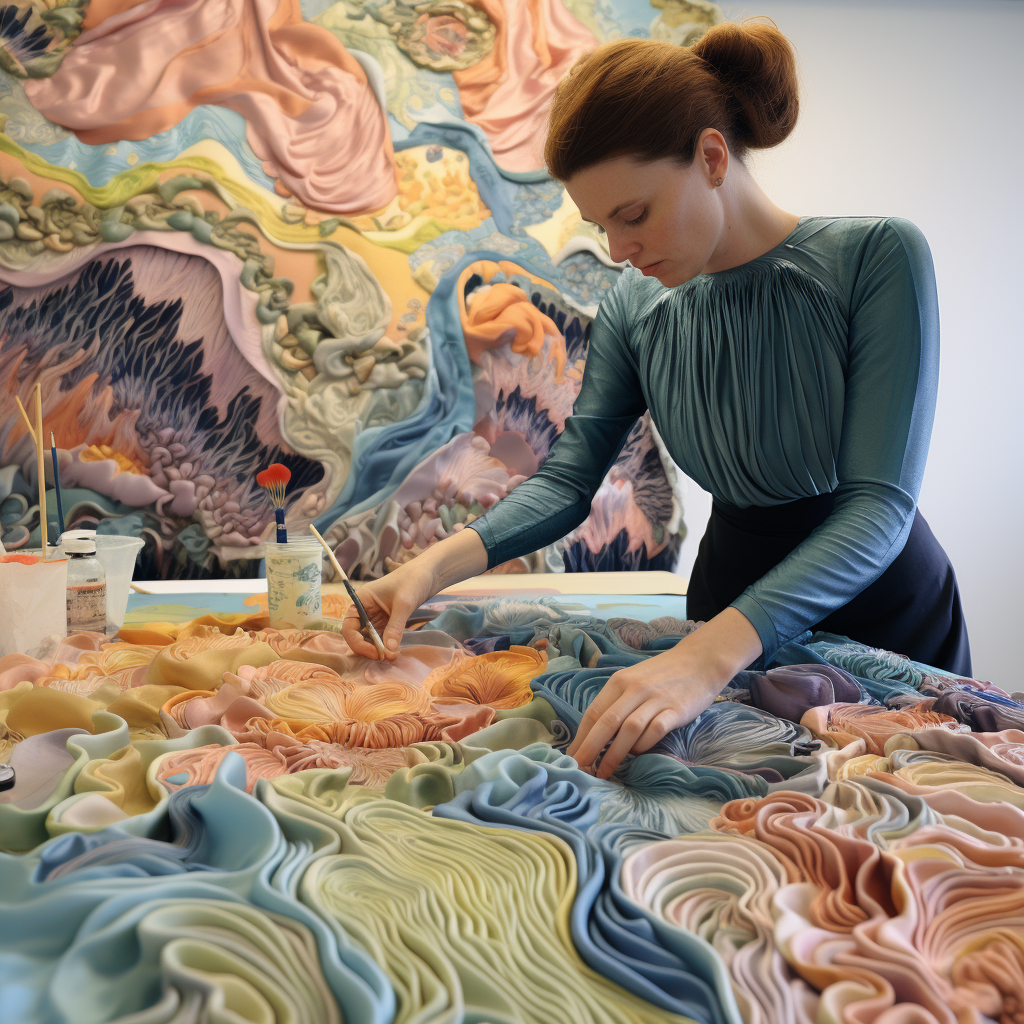
Clothing and textiles, as an integral part of human history and culture, have evolved over millennia. From early civilizations weaving their garments to today's technologically advanced fabrications, textiles' narrative is rich and varied. Their impact transcends the mere functional; textiles tell stories of societies, innovations, art, and economy. In academia and industry alike, ensuring a profound understanding of textiles is paramount. Multiple Choice Questions (MCQs) have emerged as an effective tool to gauge such understanding, offering a quick and objective means to evaluate knowledge breadth and depth.
This article delves deep into the world of MCQs for clothing and textiles. By examining their importance, crafting methodologies, real-world applications, and offering guidance for those on the learning end, this piece serves as a comprehensive guide to understanding the intersection of textiles and MCQs.
From the wheel's invention to the Internet's establishment, human progression can often be mapped through our innovations in textiles. Let's embark on this journey of intertwining threads of history, education, and assessment.
The Evolution of Clothing and Textiles
The journey of clothing and textiles is as ancient as human civilization itself. Our ancestors, recognizing the need for protection against environmental elements, turned to available resources like animal hides and plant fibers. As societies developed, so did the sophistication in textile production, evolving from mere survival tools to symbols of status, art, and innovation.
- Ancient Civilizations: Early Egyptians are credited for mastering the art of flax cultivation, producing linen that even today is revered for its quality. Simultaneously, in the Indus Valley, cotton was being woven, dyed, and printed, marking some of the earliest instances of textile artistry.
- Silk Route: Named after the luxurious fabric, the Silk Route was not just a trade path but also a cultural exchange medium. Originating in China, silk's demand spurred connections reaching as far as Europe, underlining textiles' socio-economic influence.
- Industrial Revolution: The 18th and 19th centuries marked a significant shift. Mechanized textile production in Europe, epitomized by the Spinning Jenny and power loom, revolutionized the industry. Clothing became more accessible, and the fashion industry, as we recognize it today, began taking shape.
- Modern Innovations: Today's textiles are not just about natural fibers. Innovations have birthed fabrics that change color, regulate temperature, and even incorporate wearable technology. Sustainability, too, has emerged as a driving force, with recycled fabrics and eco-friendly practices gaining prominence.
The Importance of MCQs in Testing Textile Knowledge
As the textile industry has expanded and diversified, the need for a comprehensive understanding of its intricacies has become paramount. Whether it's students in a classroom or professionals in the field, measuring this understanding efficiently is crucial.
- Objective Assessment: MCQs, by their design, offer a clear-cut evaluation. Either you know the answer, or you don't. This objectivity reduces biases and offers a standardized measure of knowledge.
- Broad Coverage: A well-crafted MCQ test can cover vast syllabi in a limited number of questions, ensuring that the examinee's overall understanding is assessed rather than focusing on niche areas.
- Adaptability: MCQs can be tailored for different levels – from basic understanding to advanced application. They can test everything from historical knowledge to the understanding of modern textile technologies.
- Feedback Mechanism: For educators and trainers, MCQs provide instant feedback. Areas of weakness can be immediately identified, allowing for targeted training and remediation.
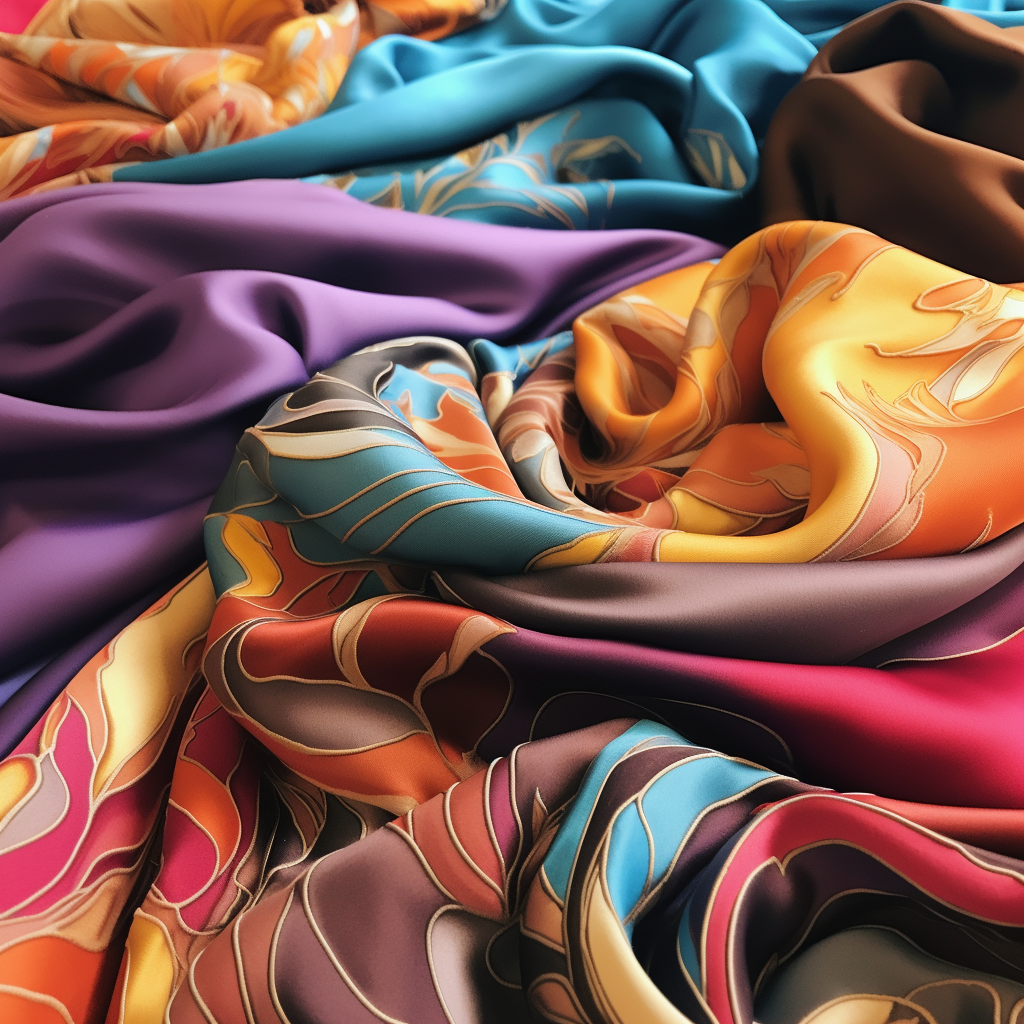
Crafting Effective MCQs for Textile Education
Creating MCQs is more than just jotting down questions with a set of options. The artistry lies in ensuring they are precise, unbiased, and truly reflective of the knowledge domain they aim to test. Here’s a step-by-step guide on crafting effective MCQs tailored for textile education:
- Begin with Clear Learning Objectives: Understand what you want to assess. For instance, if you're testing knowledge on natural fibers, your objectives might be to gauge understanding of their properties, origins, and uses.
Ensure a Singular Correct Answer: Ambiguity is the enemy of objective testing. Ensure that out of the options, only one is unarguably correct. An example:
Q: Which fiber is sourced from the cocoon of a silkworm?
A) Cotton B) Linen C) Silk D) Wool
Correct Answer: C) Silk - Avoid Tricky Language: The aim is to test knowledge, not the ability to decipher complex language. Keep questions and options straightforward.
- Vary the Complexity: While some questions might test basic recall, others should evaluate deeper understanding or application. For instance, a more complex MCQ might involve identifying the right fabric for a given end-use based on its properties.
- Use Distractors Effectively: Distractors are the incorrect options, but they shouldn't be blatantly wrong. They should be plausible enough to require discernment on the examinee's part.
- Stay Relevant: Ensure that the MCQs are updated and relevant to current textile practices and innovations. A question about the sustainability practices in textiles is as crucial today as questions about traditional weaving techniques.
Case Study: Real-world MCQs in the Textile Industry
The practical application of MCQs isn’t limited to academic evaluations. Let’s explore a real-world scenario where a leading textile company used MCQs:
XYZ Textiles, a renowned sustainable fabric producer, aimed to train its workforce on its new eco-friendly production line. Post-training, the company wanted to evaluate the employees' grasp of the new process.
Using MCQs, they assessed understanding in areas such as:
- The environmental benefits of the new production method.
- Technical specifications and operating procedures.
- Troubleshooting common issues in the production line.
The results were insightful. While most employees understood the ecological advantages, there was a knowledge gap in troubleshooting techniques. This feedback enabled targeted re-training, ensuring smoother implementation of the new production line.
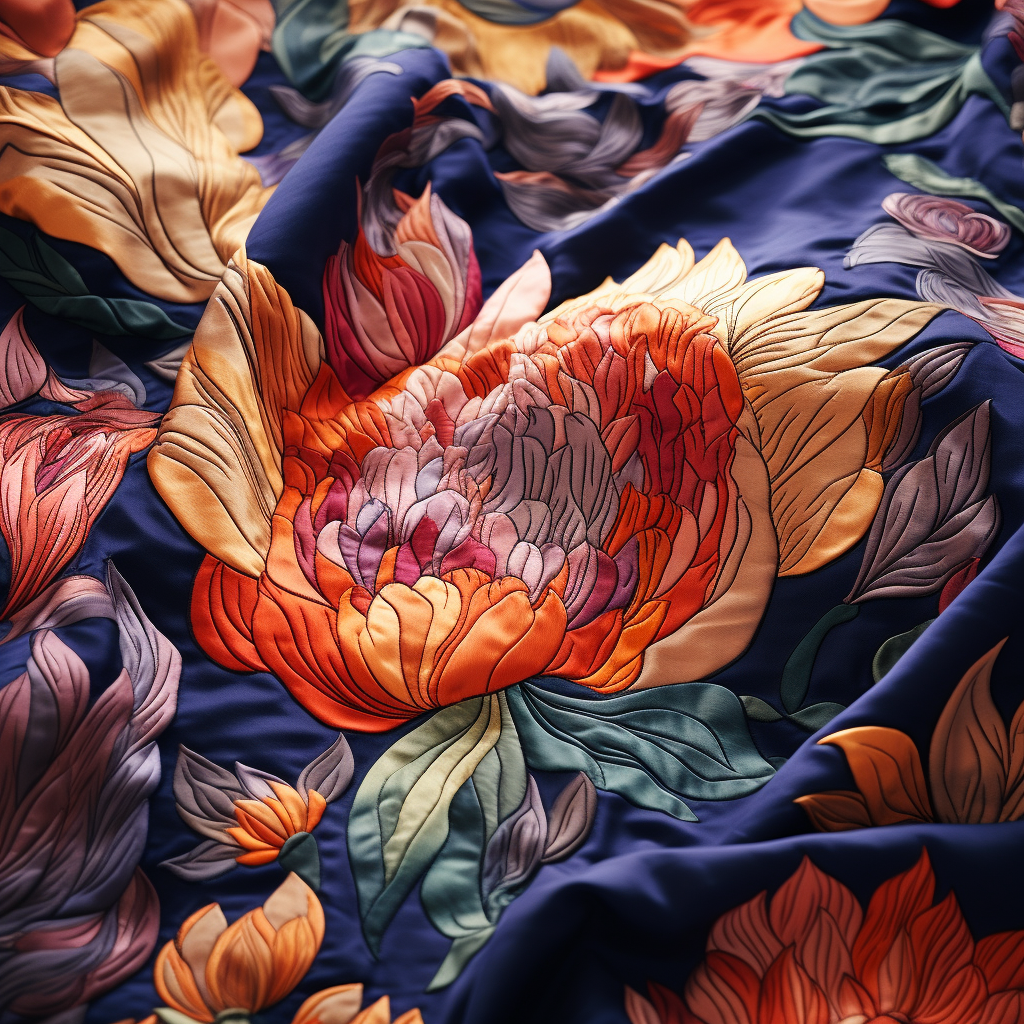
Tips for Students: Approaching Textile-Based MCQs
Navigating MCQs, especially in a subject as vast and intricate as textiles, can be daunting. However, with the right strategies, students can confidently tackle them:
Thorough Preparation: Begin with a solid grasp of the basics. Understand different fibers, their properties, textile processes, and applications. Create summary notes and use them for revision.
- Read the Question Carefully: Before jumping to the options, ensure you understand what's being asked. Sometimes, a slight change in wording can alter the entire context.
- Process of Elimination: If unsure, eliminate options that seem least likely to be correct. This improves your chances of selecting the right answer.
- Don't Overthink: MCQs test your knowledge and understanding. Trust your first instinct, as overanalyzing can lead to second-guessing.
- Stay Updated: The textile industry is ever-evolving. Keep abreast of the latest trends, technologies, and innovations. This will be especially useful for questions on contemporary practices.
Conclusion and Future Trends in Textile Education
The intricate tapestry of clothing and textiles spans millennia, narrating stories of civilizations, innovations, and socio-economic shifts. As we stand on the cusp of unparalleled technological advancements, the textile industry is poised for transformative changes. From smart textiles to sustainable practices, the horizon is expansive.
In such a dynamic landscape, the importance of robust knowledge assessment tools like MCQs becomes even more pronounced. They serve as a mirror, reflecting our understanding and areas of improvement, be it in academic settings or the bustling corridors of the textile industry.
As for the future of textile education, the integration of technology promises blended learning experiences. Augmented Reality (AR) might transport students to ancient civilizations to witness textile techniques of yore, while Virtual Reality (VR) could offer hands-on experiences in virtual textile mills.
In this ever-evolving narrative, one thing remains constant: the need to gauge and enhance our understanding. And as we've explored, MCQs play a pivotal role in this endeavor, threading together knowledge, evaluation, and growth.
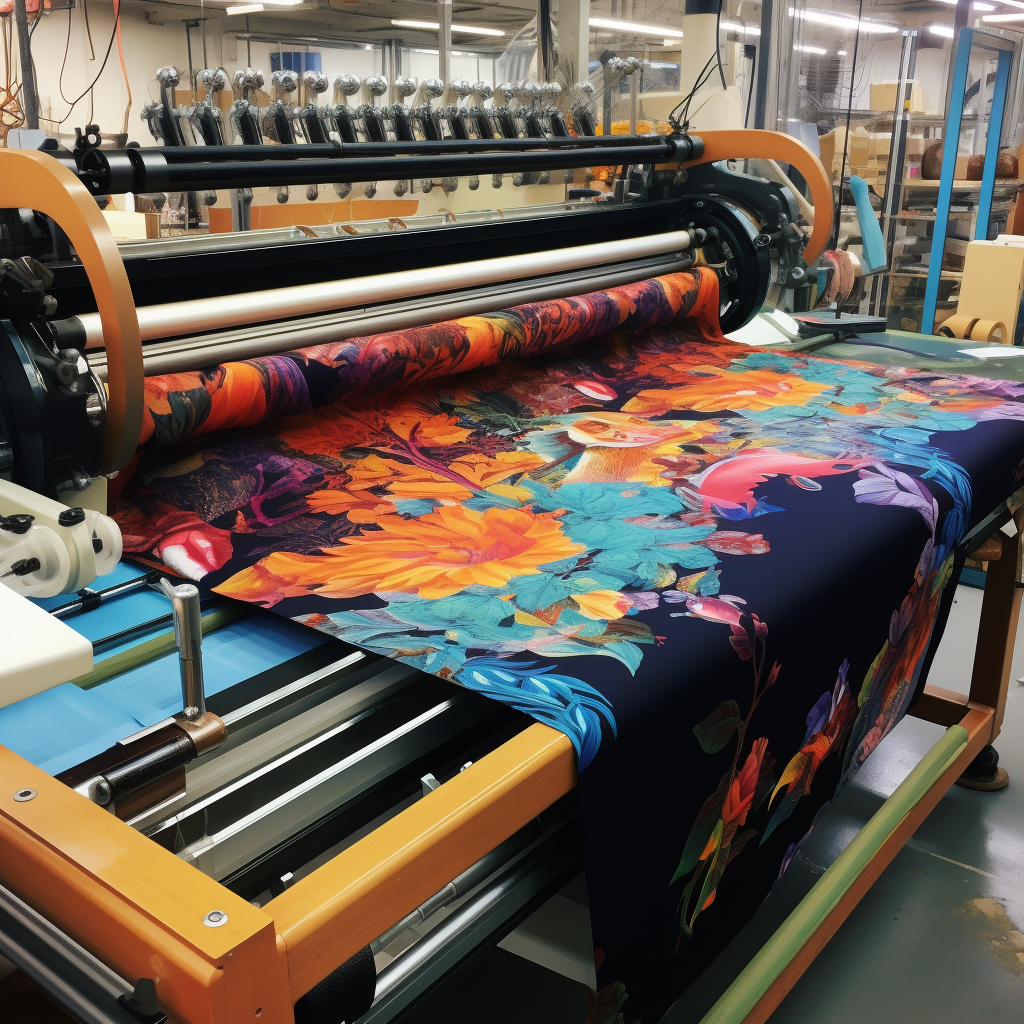





-500x500.jpg)
-500x500.jpg)
-500x500.jpg)
-500x500.jpg)
-500x500.jpg)